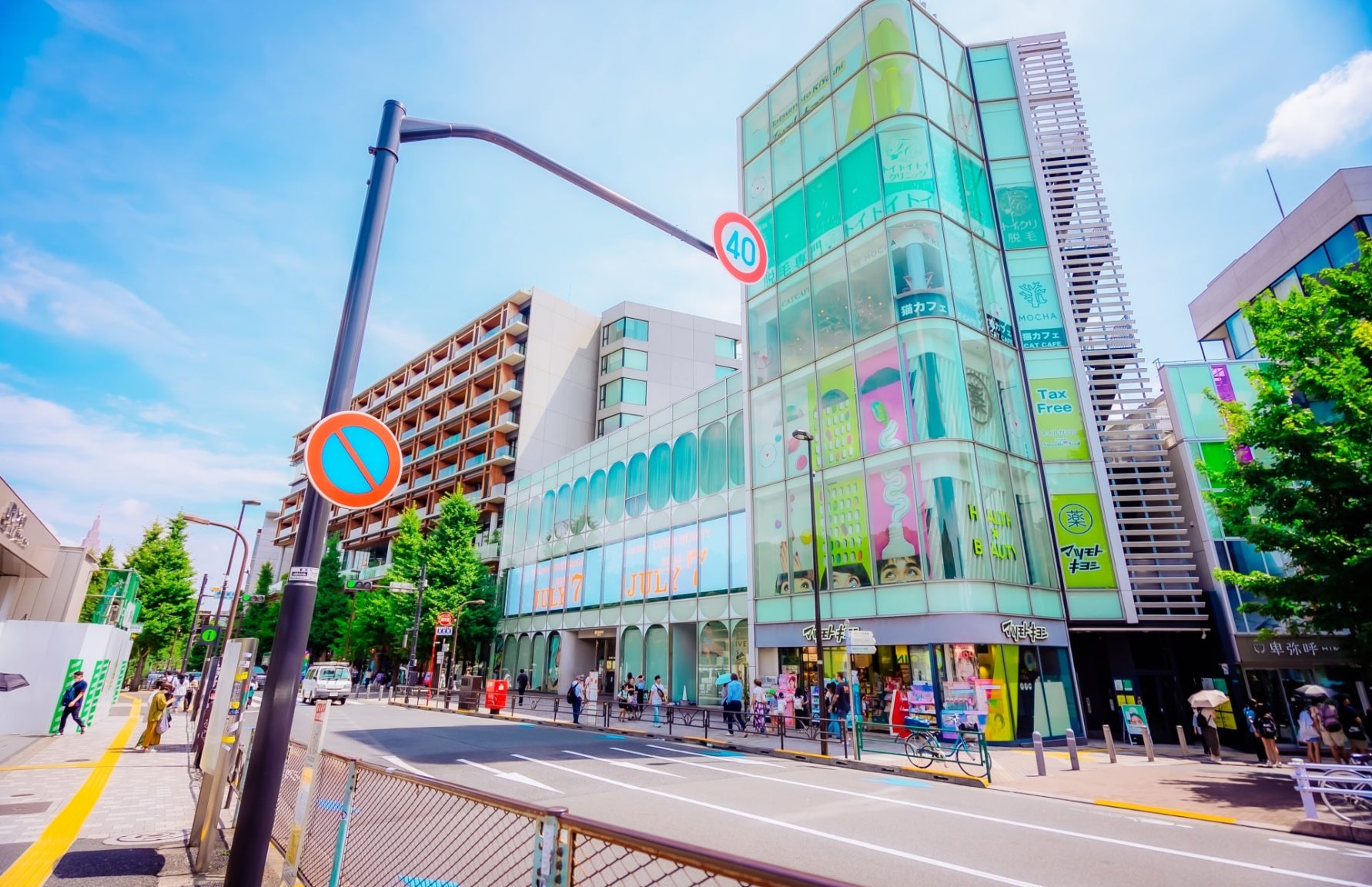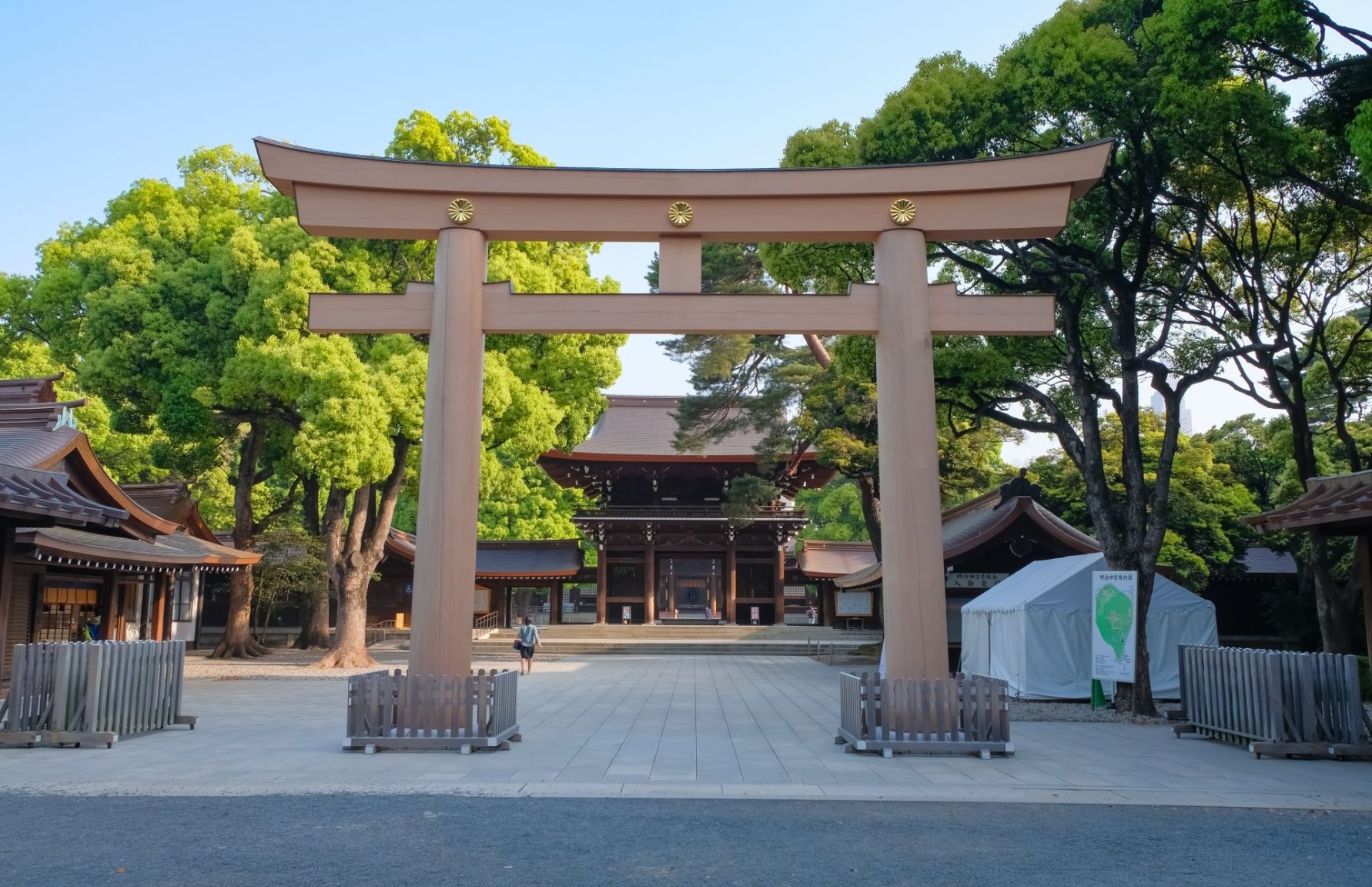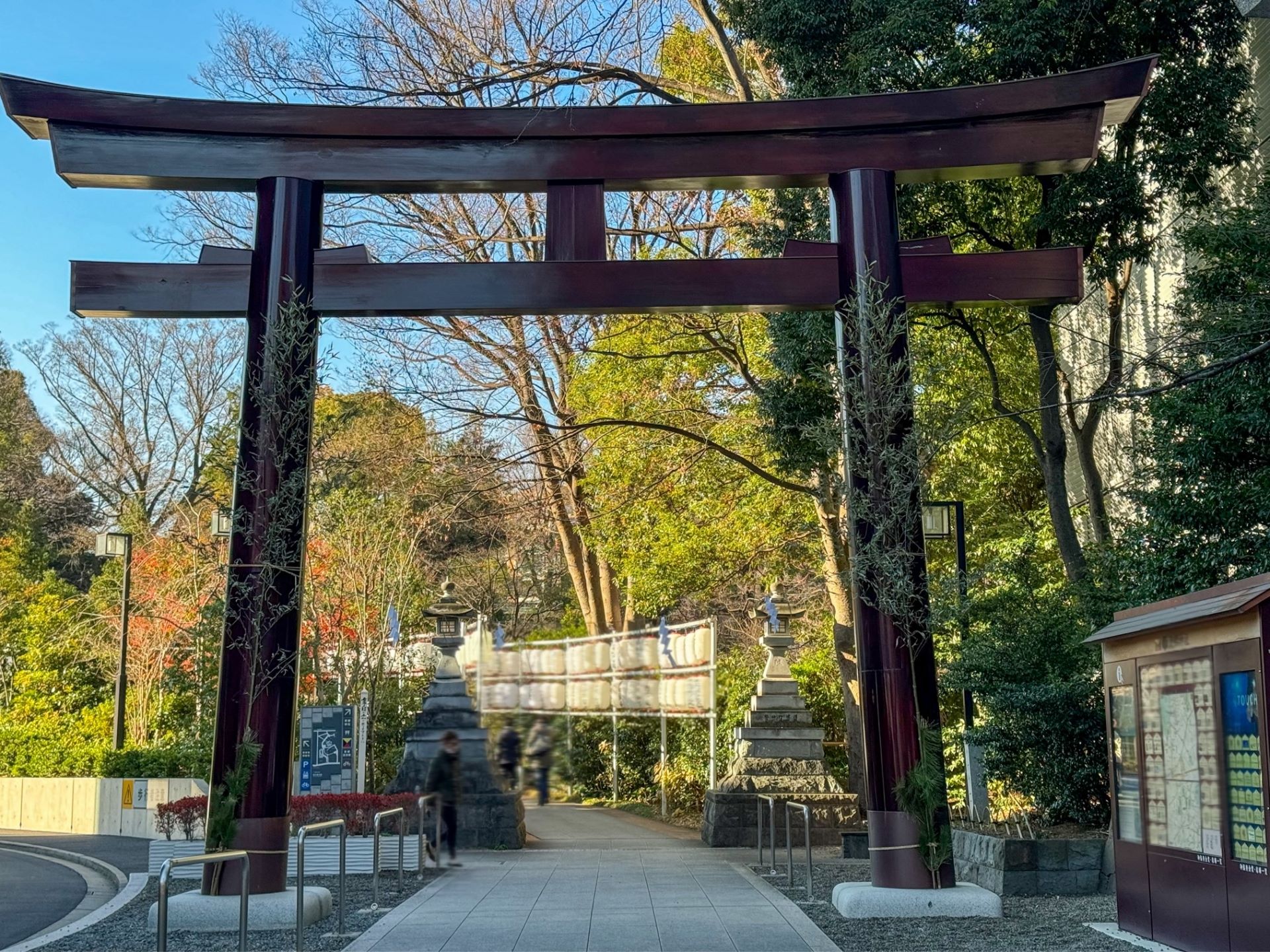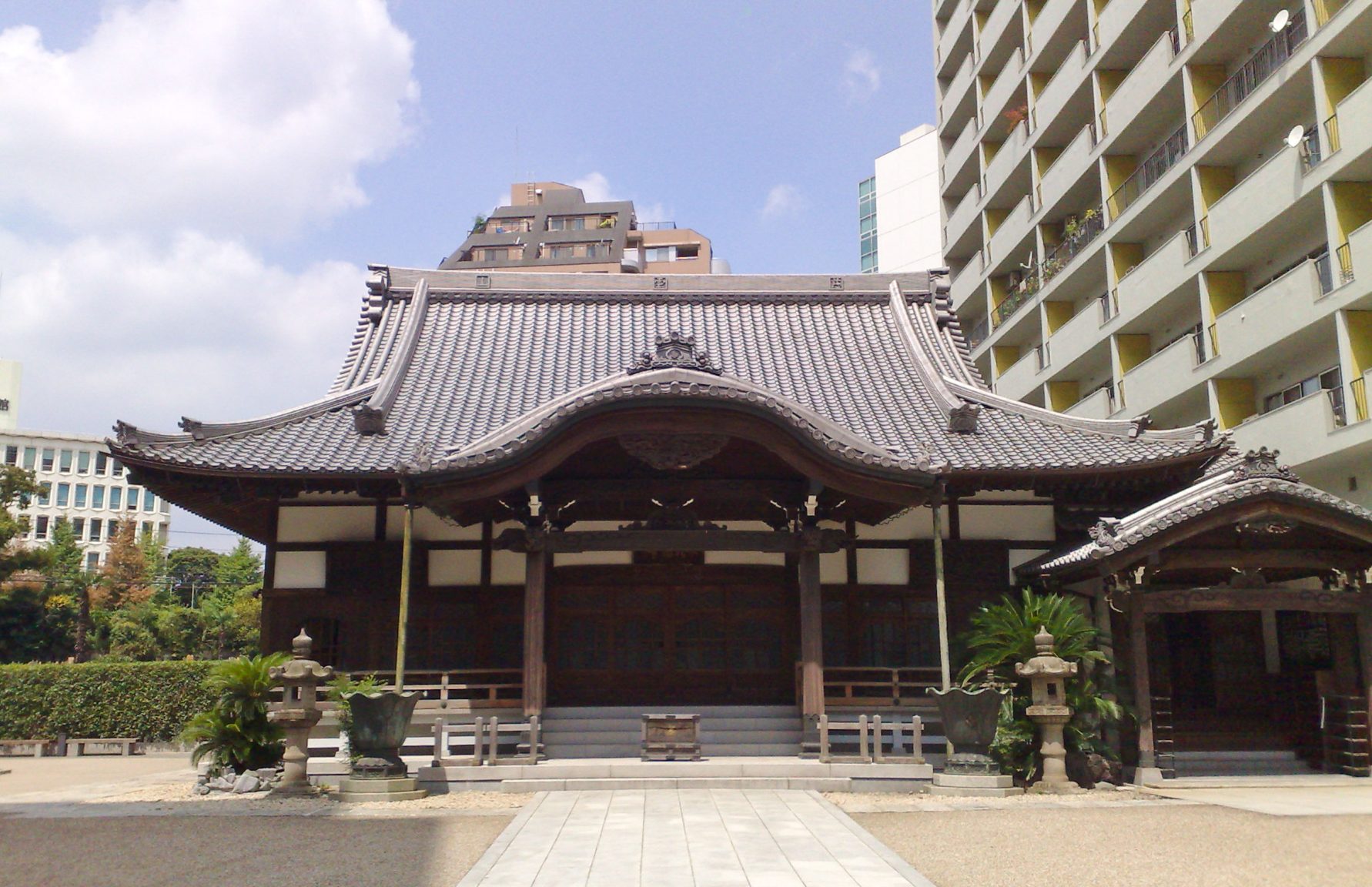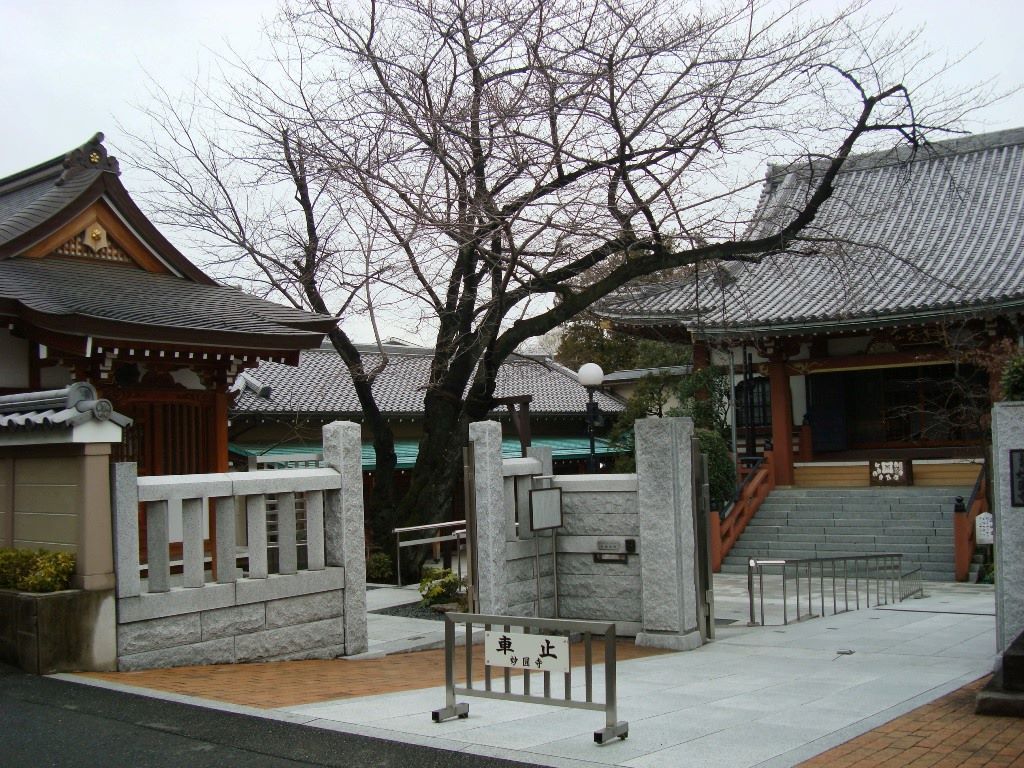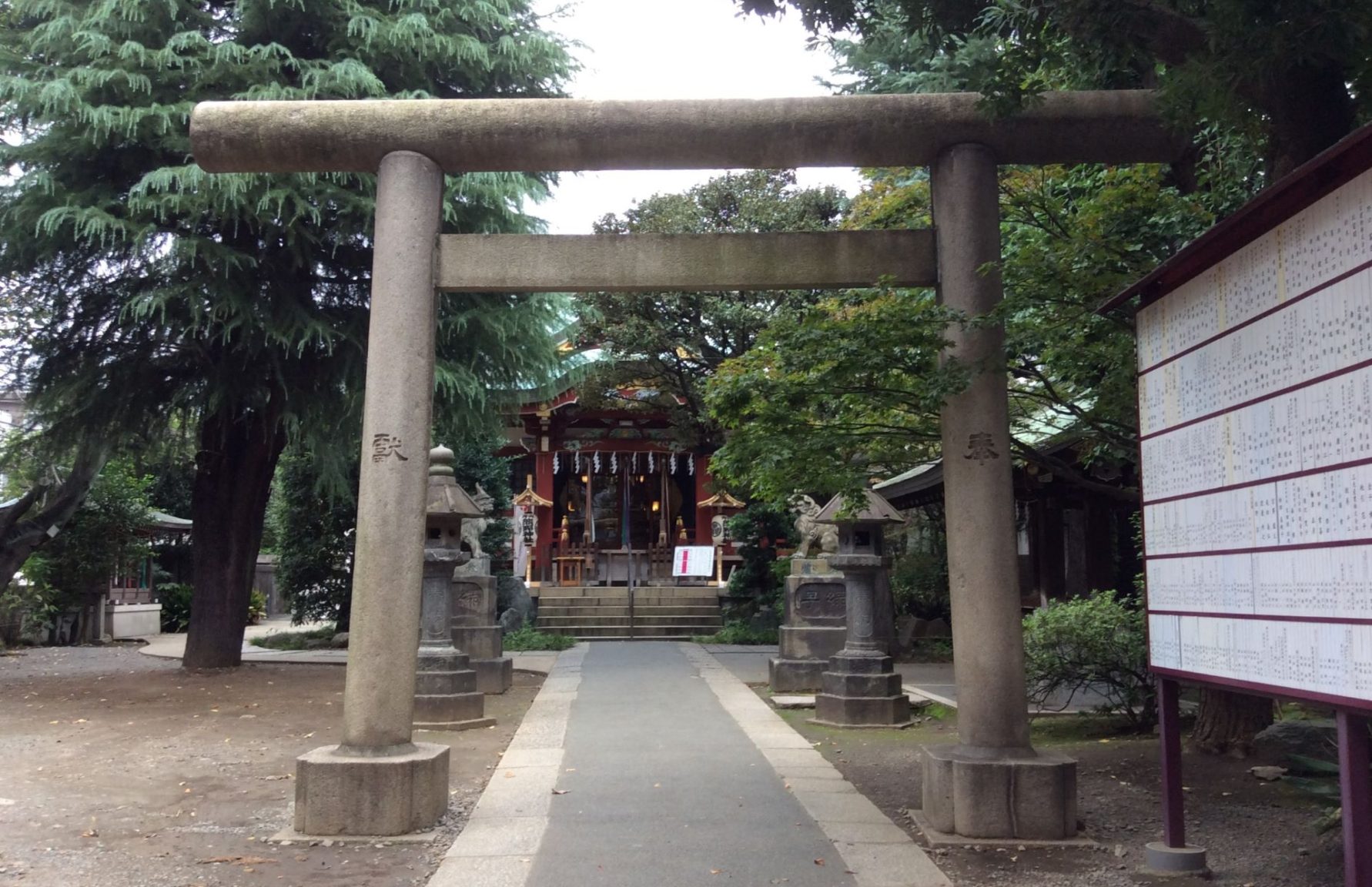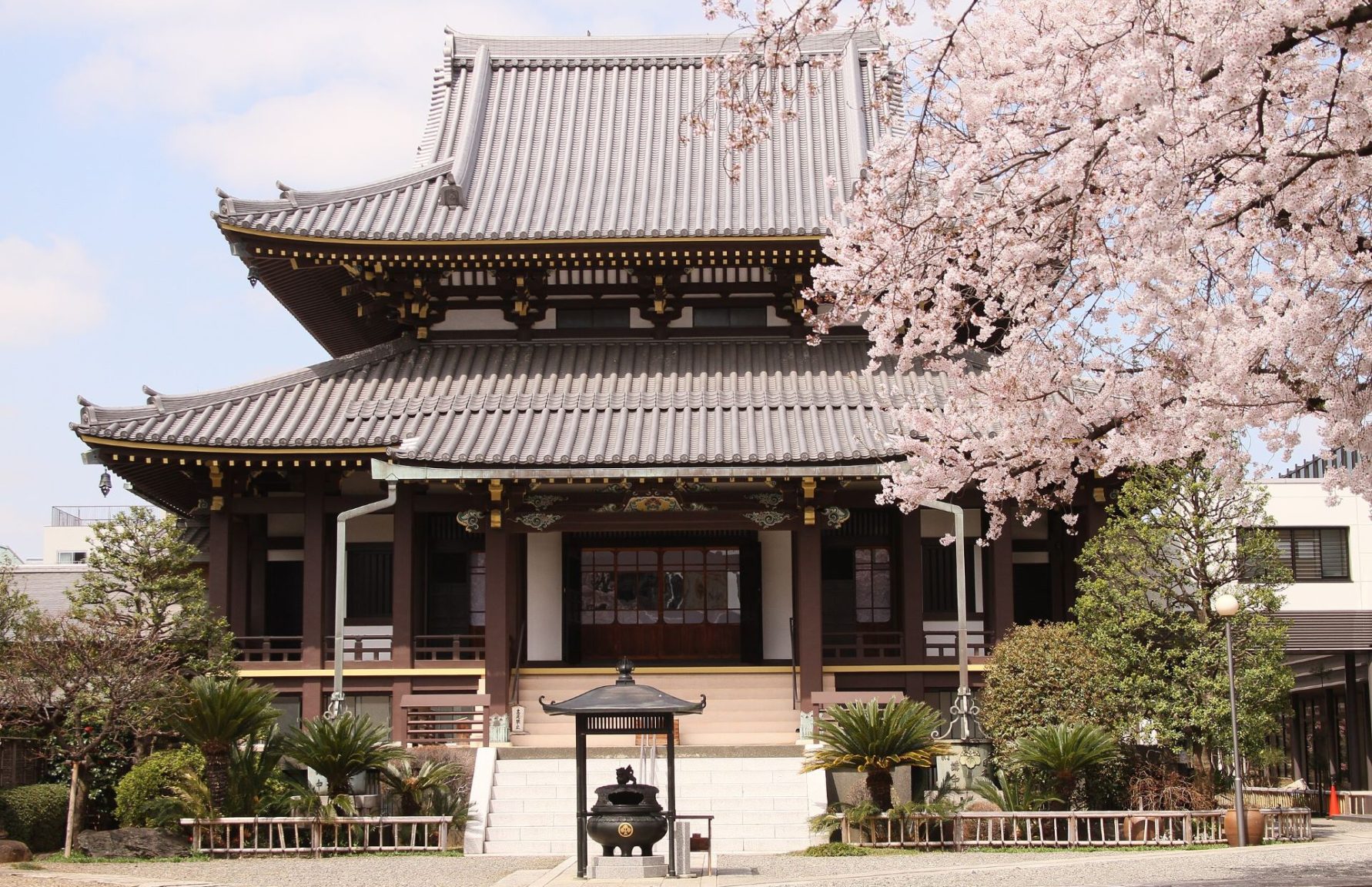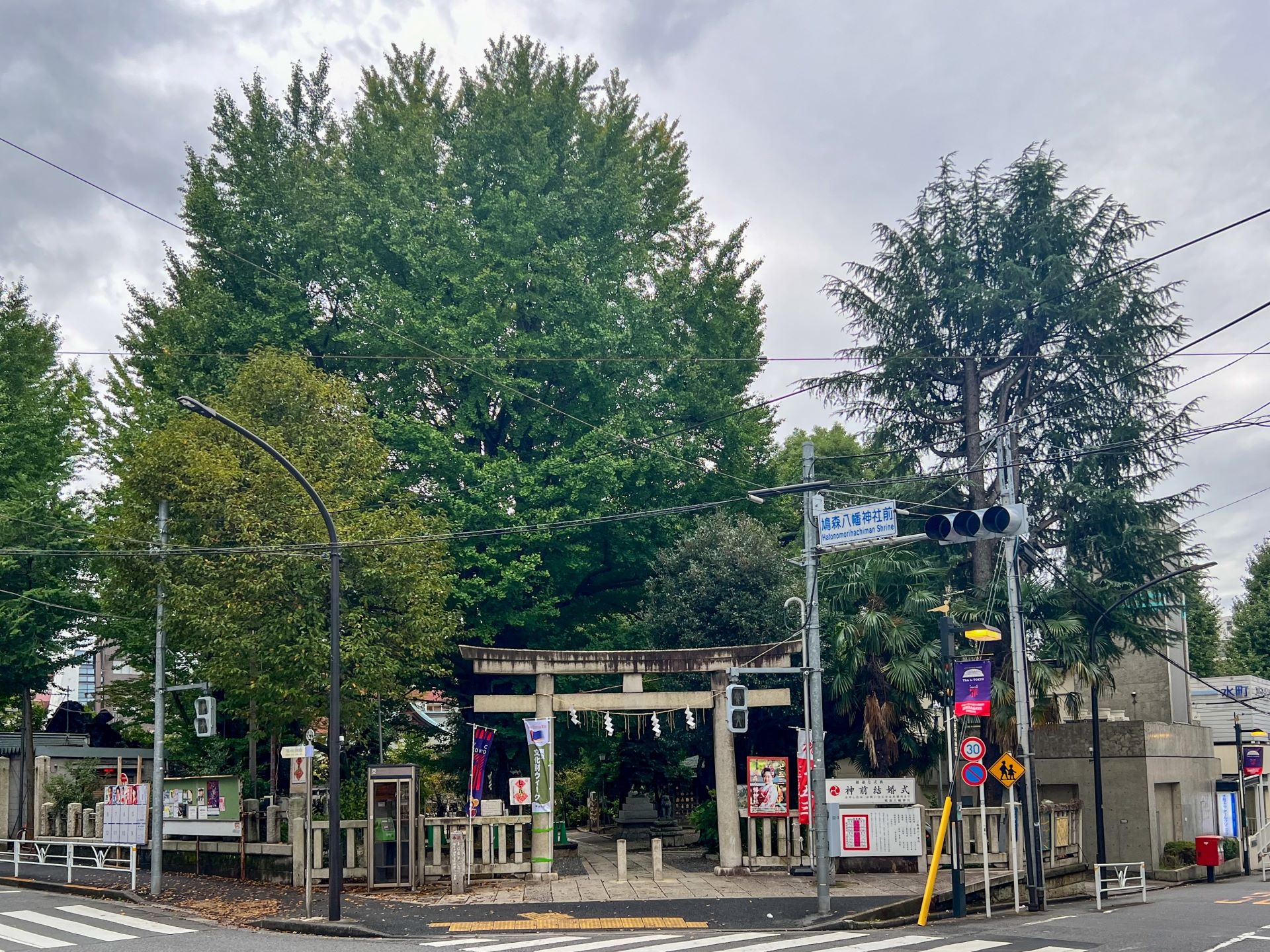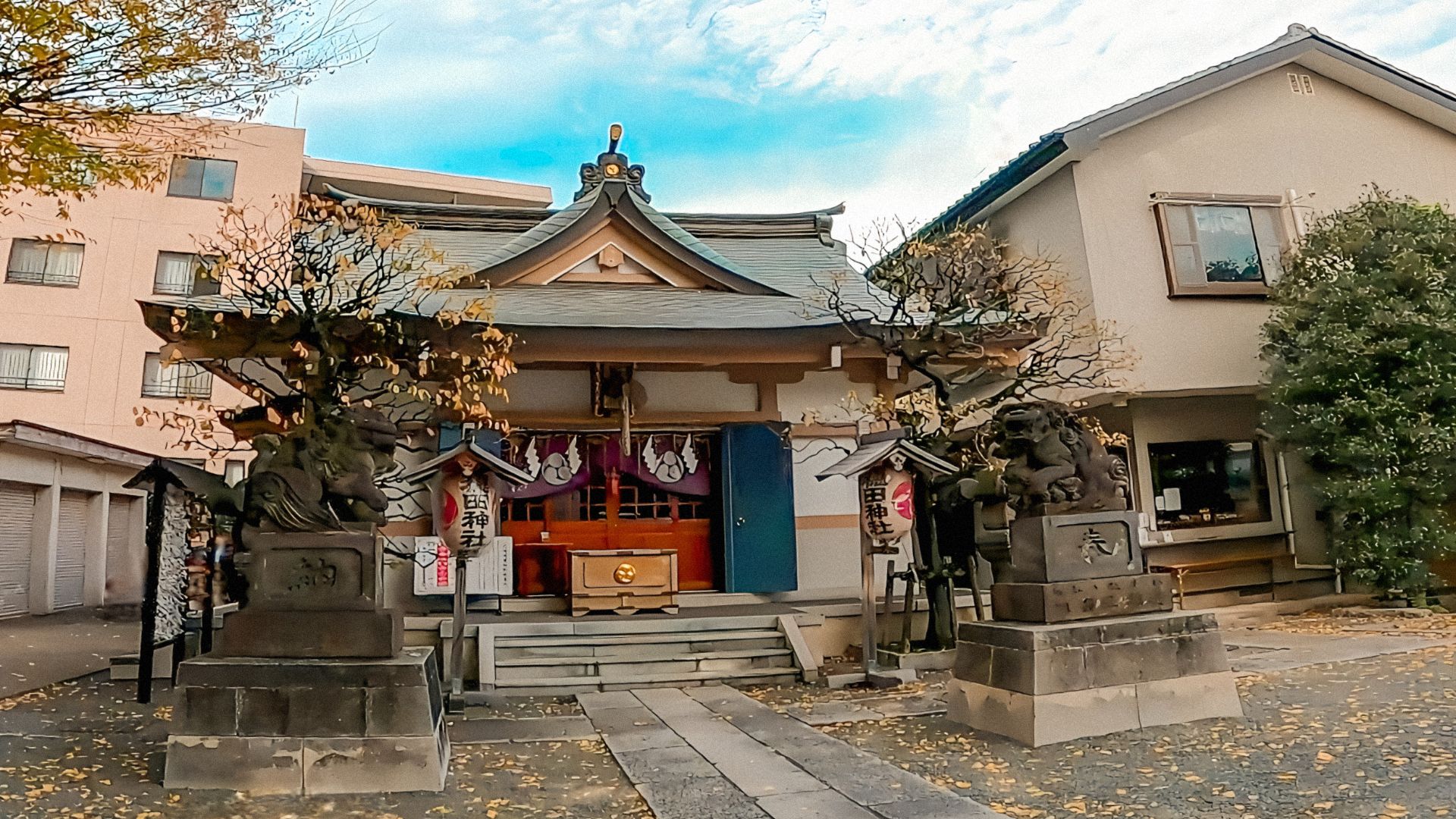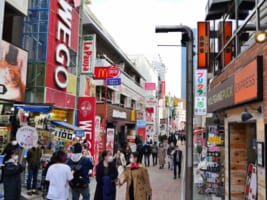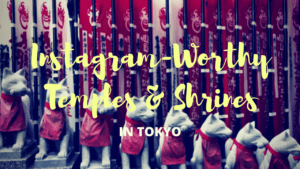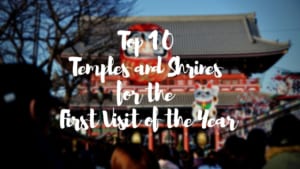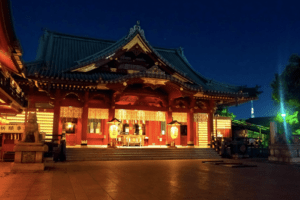Essential Shrines and Temples to Visit in Harajuku
Harajuku’s Shrines and Temples Guide – Tokyo’s Spiritual Gems Beyond Meiji Jingu Shrine
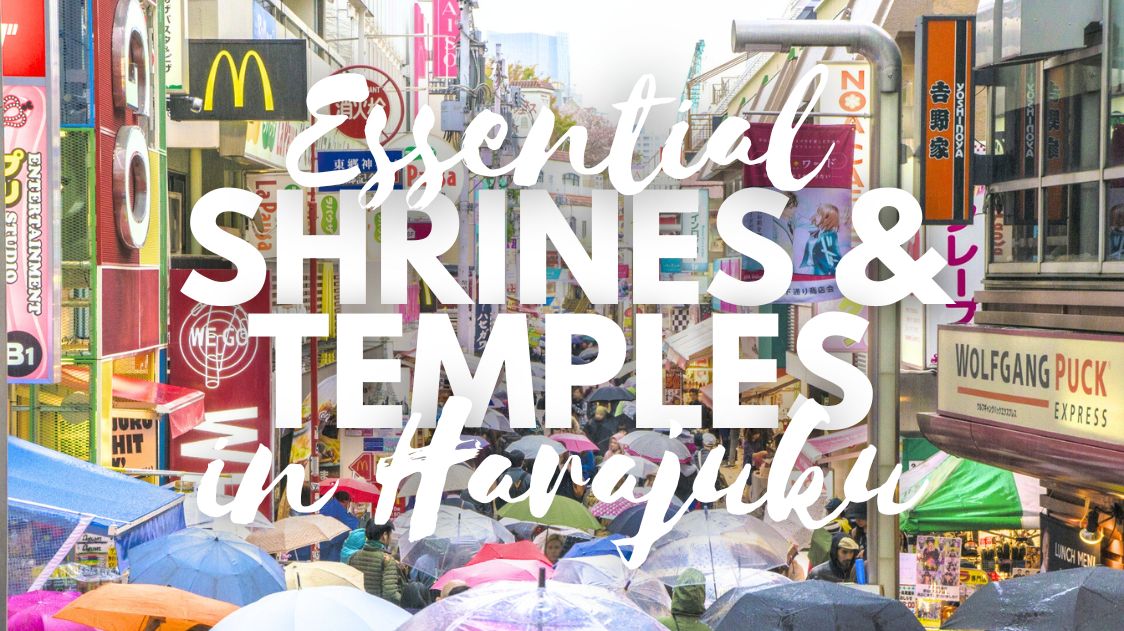
Harajuku might be globally typecast as Tokyo’s epicenter of eccentric fashion and viral crepe stands, but just behind the Instagram crowds and streetwear boutiques lies something far older, and much quieter.
Threaded throughout the area are spiritual sites that have stood for centuries, often overlooked by visitors who come for the shopping but end up pausing under the shade of a torii gate or lingering beside a centuries-old incense burner. These shrines and temples, scattered like architectural punctuation marks, are a key part of Harajuku’s cultural fabric, still active with local rituals, seasonal festivals, and quiet daily worship.
Before going further, it’s worth noting a basic distinction: shrines are Shinto, considered as Japan’s indigenous faith, and typically feature torii gates and purification fountains. Temples, on the other hand, are Buddhist, with incense, pagodas, and statues of deities. We’ll dive deeper into this distinction shortly.
For now, think of this as Harajuku’s lesser-known side, a layer of quiet spiritual heritage beneath the neon and novelty. And once you know where to look, you’ll start seeing it everywhere.
And if you need a general overview Harajuku area, check out our All-in-One Guide to Harajuku!
Harajuku Beyond Fashion: Discover Its Shrines and Temples
Harajuku’s reputation for youth culture, street style, and pop eccentricity is well earned. But this district wasn’t always a magnet for influencers and vintage hunters. Long before Takeshita Street became a global trend lab, Harajuku was a quiet outskirt of Tokyo, home to farming villages, feudal estates, and sites of deep religious significance.
The construction of Meiji Jingu Shrine in 1920 increased the area’s importance as a spiritual destination, drawing millions of worshippers each year. Urban development followed, but the spiritual core remained intact, even as boutiques, cafés, and art spaces sprang up around it. Nowadays, this juxtaposition is part of what makes Harajuku unique: a place where the sacred and the stylish coexist without competing.
Shrines and temples in the area still serve as active community centers. Locals visit to pray, perform rituals, or buy charms for health, success, and love. Many host seasonal festivals, and some even offer meditation sessions or traditional arts workshops.
So while it’s easy to get swept up in Harajuku’s fashion-forward chaos, the quiet sound of a shrine bell or the scent of sandalwood from a temple incense burner is never far away. These spiritual spaces offer a visual contrast and also allow us to slow down, recalibrate, and understand the layers of a neighborhood that’s as historical as it is trendsetting.
The Difference Between Shrines and Temples
It’s easy to blur the lines between shrines and temples on a walk through Tokyo, as things like torii gates, incense, or wooden prayer plaques may feel like elements that start to blend. But the distinction matters, especially in a place like Harajuku where both are present and active.

Shrines are part of Shinto, Japan’s indigenous spiritual tradition. They’re most easily identified by their iconic torii gates, which mark the boundary between the physical world and sacred space. Shinto shrines are dedicated to kami, or spirits, and the rituals involve offerings, clapping, bowing, and purification with water. You’ll often find amulets for everything from safe childbirth to academic success.
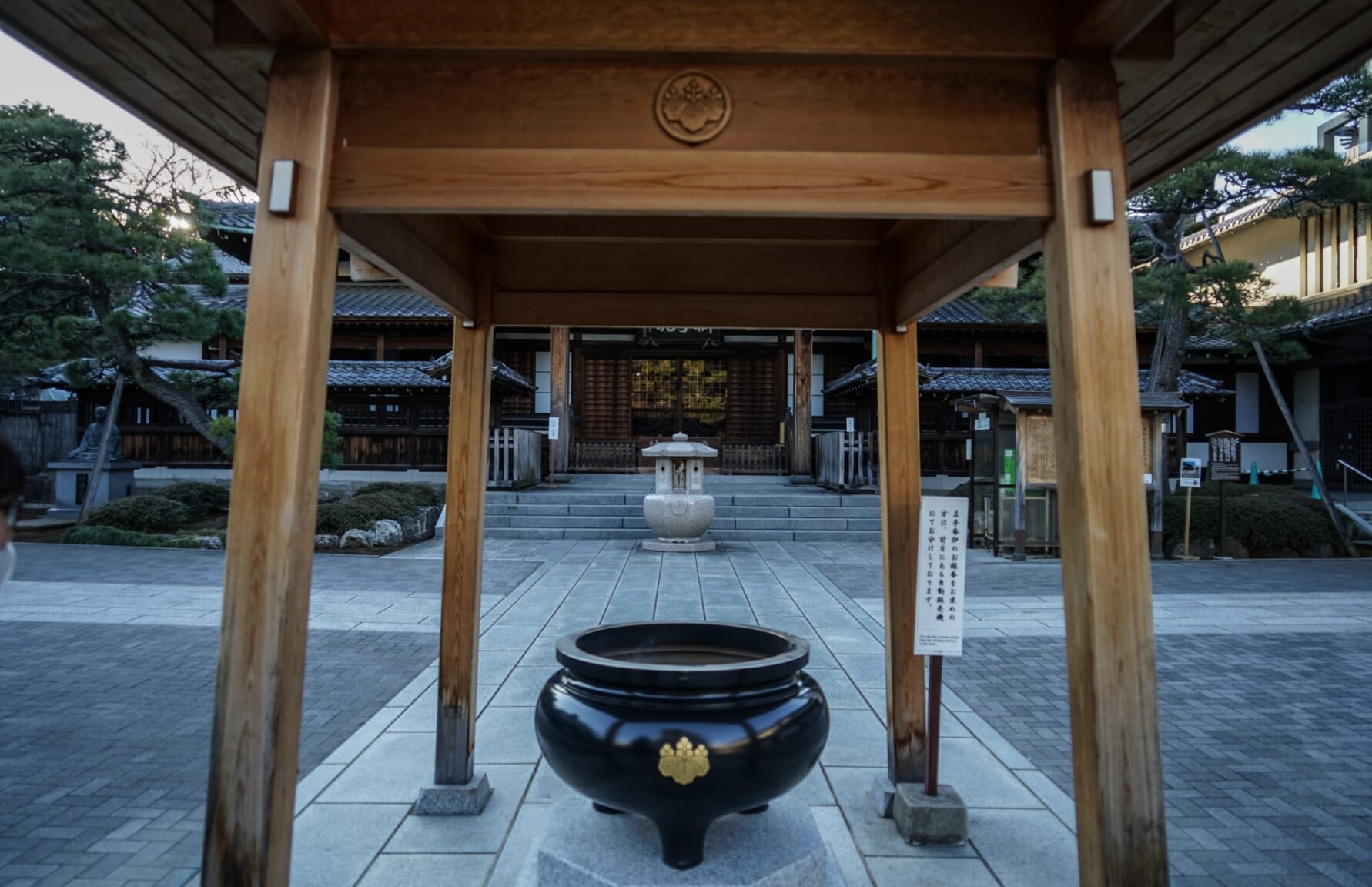
Temples, on the other hand, belong to Buddhism, which arrived in Japan in the 6th century. Instead of torii, you’ll usually see gates with statues of deities or guardians. Temples have incense burners, prayer wheels, and statues of the Buddha or Bodhisattvas. Often, cemetery grounds are also part of temple premises. They’re places for chanting, meditation, and memorial services.
Some visitors are surprised to find both types of sites in the same neighborhood, or even on the same itinerary. That’s not a contradiction, it’s a reflection of how the two traditions have coexisted in Japanese society for centuries.
The guide ahead will specify which is which, and how to approach each respectfully. No deep prior knowledge is needed, but knowing this distinction helps you appreciate what you’re seeing, and why it’s still important.
More info: Differences between Shrine and Temple
Must-Visit Shrines and Temples in Harajuku, and Lesser-Known Temples Worth a Stop
Tucked between trendsetting boutiques and side-street cafés, Harajuku’s spiritual sites offer a rare stillness. These shrines and temples aren’t just cultural symbols—they’re living spaces of prayer, celebration, and quiet reflection. Here’s where to find them and what to know before you go.
1. Meiji Jingu Shrine
Tokyo’s most visited shrine is also one of its most quietly dignified. Meiji Jingu (明治神宮) was completed in 1920 to honor Emperor Meiji and Empress Shoken, whose reign marked Japan’s transition into modernity. The approach, ined with towering cedar trees, acts as a natural filter for the city’s noise. Visitors pass through massive torii gates and enter a complex that feels purpose-built for calm.
The shrine regularly hosts Shinto weddings, New Year’s celebrations, and seasonal festivals. Don’t miss the barrels of sake and wine offered in tribute, or the wooden plaques where people leave handwritten wishes. Despite its fame, the space rarely feels crowded due to its sheer scale and intentional layout.
More info: Meiji Jingu: Most Popular Landmark in Harajuku
2. Togo Shrine
Often overshadowed by its more famous neighbor, Togo Shrine (東郷神社) is a compact sanctuary honoring Admiral Heihachiro Togo, who led Japan to victory in the Russo-Japanese War. The grounds were established in 1940 and rebuilt after WWII. What makes the site notable besides the historical connection is the calm, almost hidden atmosphere just steps from Takeshita Street.
Visitors can explore a koi pond, stone paths, and a small museum displaying the admiral’s personal effects, including uniforms and calligraphy. On weekends, the shrine hosts an antique market that draws collectors and curious passersby. This is a place of quiet tribute, especially for those with an interest in naval history or who simply want a break from Harajuku’s intensity.
 Access Access |
3-min walk from Harajuku Station or 4-min walk from Meiji-jingumae ‘Harajuku’ Station. |
|---|---|
 Business Hours Business Hours |
6:30 AM–5 PM |
 Official Website Official Website |
https://togojinja.or.jp/ |
3. Chosenji Temple
Founded in 1063 and rebuilt in 1592, Chosenji Temple (長泉寺) is a Soto Zen sanctuary with a modernist edge. The temple’s striking architecture blends raw concrete and warm pine, creating an atmosphere that draws in Western visitors with its contemporary aesthetic.
The grounds also feature over 200 stone statues of Kannon and Jizo, and a historic wooden Kannon statue tied to a 16th-century protective legend. As Tokyo’s stop on the “33 Kannon” pilgrimage, Chosenji offers quiet reflection amid striking visual elements—ideal for a contemplative pause between Harajuku’s streets.
 Access Access |
5-min walk from Meiji-jingumae ‘Harajuku’ Station or 9-min walk from Harajuku Station |
|---|---|
 Business Hours Business Hours |
10 AM–4 PM (Weekends from 9 AM) |
 Official Website Official Website |
https://chousenzenji.com/ |
4. Myoenji Temple
Myoenji (妙圓寺) is a Nichiren Buddhist temple first established in 1627 and moved to Harajuku in 1706. The current precincts include a main worship hall with seating, barrier-free access, and an elevator, clearly designed for modern-day visitors. The guest hall looks out onto a carefully maintained garden, visible through large interior windows.
Other structures include a hall dedicated to Bishamonten and another honoring Jōgyō Bosatsu. At the temple’s edge, a stone monument quietly marks the site known as the birthplace of Harajuku. While not large or widely known, the grounds are practical, peaceful, and hold subtle historical weight for those who take the time to notice.
 Access Access |
8-min walk from Gaiemmae Station or 9-min walk from Omote-Sando Station |
|---|---|
 Official Website Official Website |
http://myouenji-harajuku.com/contact.php |
5. Aoyama Kumano Shrine
Aoyama Kumano Shrine (青山熊野神社) dates back to 1619, when Tokugawa Yorinobu of the Kii domain brought worship from the original Kumano site in Wakayama to Edo. In 1644 it moved to its current location in Jingūmae at the request of local townspeople. The grounds are compact yet retain strong local significance.
The shrine honors multiple deities including Izanami-no-Mikoto and Itakeru-no-Mikoto, associated with forestry, wood, and construction. It serves as the guardian shrine of Aoyama and northern Harajuku, reflecting historic ties with the Tokugawa family. The annual festival is held on September 21.
 Access Access |
6-min walk from Gaiemmae Station |
|---|---|
 Business Hours Business Hours |
9 AM–4 PM |
 Official Website Official Website |
http://www.tokyo-jinjacho.or.jp/shibuya/2064/ |
6. Zenkoji Temple
Zenkoji Temple, formally Nanmeizan Muryoju-in Zenkoji (浄土宗 南命山 善光寺), was founded in 1601 as a branch of Nagano’s famed Zenkoji. It later moved to Kita-Aoyama near Omotesandō following a fire and relocation process in the early 1700s. Affiliated with the Jodo-shu (Pure Land) sect, its principal image is Amitabha Buddha.
The entrance features a gate and bell tower, and the grounds include a dark passage experience similar to Nagano’s “okaidan meguri” under the altar. Additional features are memorials and statues, including the gravestone dedicated to Takano Choei, a prominent scholar who devoted himself to Western sciences during the late Edo period.
 Access Access |
1-min walk from Omote-Sando Station |
|---|---|
 Business Hours Business Hours |
24 hours (Shrine office open 9:00 to 17:00) |
7. Hatonomori Hachiman Shrine
Hatonomori Hachiman Shrine (鳩森八幡神社) is a compact Shinto site tucked in Sendagaya, Shibuya. Founded as one of Tokyo’s Edo-period “Hachiman” shrines, it’s best known for its fujizuka, a climbable mini Mount Fuji built in 1789 and honored as a Tokyo tangible folk-cultural asset. Climbing it is said to grant blessings similar to summiting the real Mt. Fuji.
In early June, irises bloom around the “pond” before the fujizuka, offering a photogenic display. Visitors return for its quiet scale, historic mound, and easy access.
 Access Access |
5-min walk from Sendagaya Station or 6-min walk from Kita-sando Station |
|---|---|
 Business Hours Business Hours |
24 hours |
 Official Website Official Website |
http://www.hatonomori-shrine.or.jp/ |
8. Onden Shrine
Once the guardian shrine of the former Onden village, now central Harajuku, Onden Shrine (穏田神社) traces its roots to the early Edo period with over 400 years of history. It’s dedicated primarily to Imodaru-no-kami and Ayakashikone-no-kami, deities associated with beauty, arts, and matchmaking.
A distinguishing feature is its collection of seasonal goshuin (red seal stamps), often themed around traditional motifs like plum blossoms, dragons, or festival symbols. Beauty-related amulets have made it increasingly popular with younger visitors and local artists, as well as anime fans, as its precincts appear in the anime series Love Live! Superstar!!
 Access Access |
9-min walk from Meiji-jingumae ‘Harajuku’ Station |
|---|---|
 Business Hours Business Hours |
11 AM–1 PM / 2–4 PM |
 Official Website Official Website |
https://onden.jp/ |
What to Know Before You Go
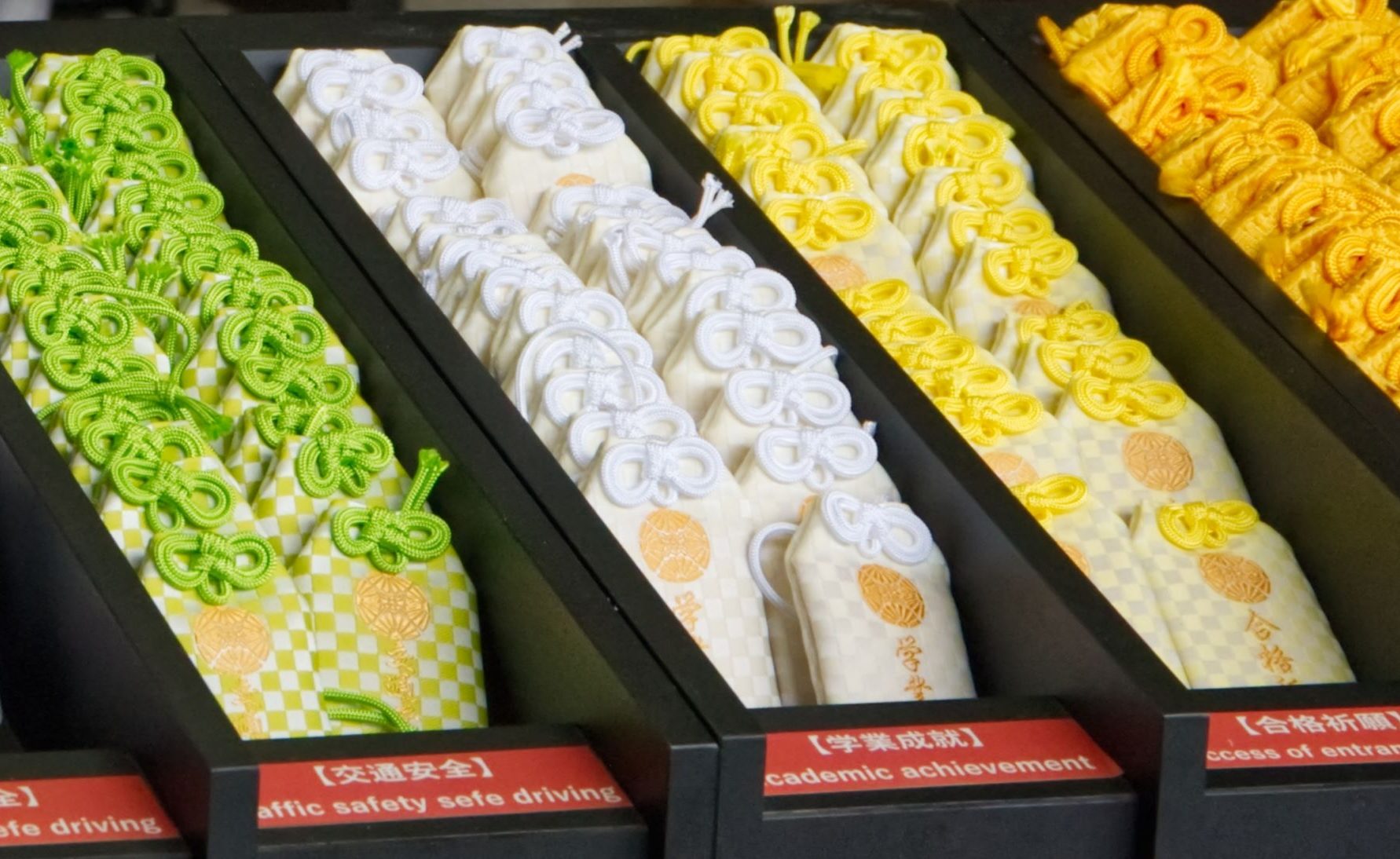
Visiting shrines and temples in Harajuku isn’t complicated, but showing a little awareness goes a long way. These are active religious sites, not museum pieces, and observing proper etiquette helps maintain the calm and prevents awkward stares from locals. Below are key pointers to help visitors avoid rookie errors and make the most of their stop, without turning it into a cultural faux pas.
- Bring cash: Especially coins. You’ll need these for offering boxes, omamori (protective charms), and goshuin (stamp books). Don’t expect card readers or QR codes.
- Use comfortable shoes: These sites often involve walking on gravel, stone paths, or steps. Slip-ons are helpful, especially at temples where you might need to remove your shoes before entering buildings.
- Be mindful when using a camera: Photography is welcome outdoors at most sites, but always check signage. Don’t take pictures during ceremonies, and never photograph inside halls unless explicitly allowed.
Best Times to Visit
- Early mornings for a quieter atmosphere, fewer tour groups, better light for photos. You’ll also catch locals doing their daily rituals.
- Late afternoons if you want to catch the golden-hour light, enjoy cooler temperatures, and still relatively calm before the evening rush. Note that most temples and shrine offices close around 4–5 PM, even if the premises are accessible 24h.
Common Visitor Mistakes to Avoid
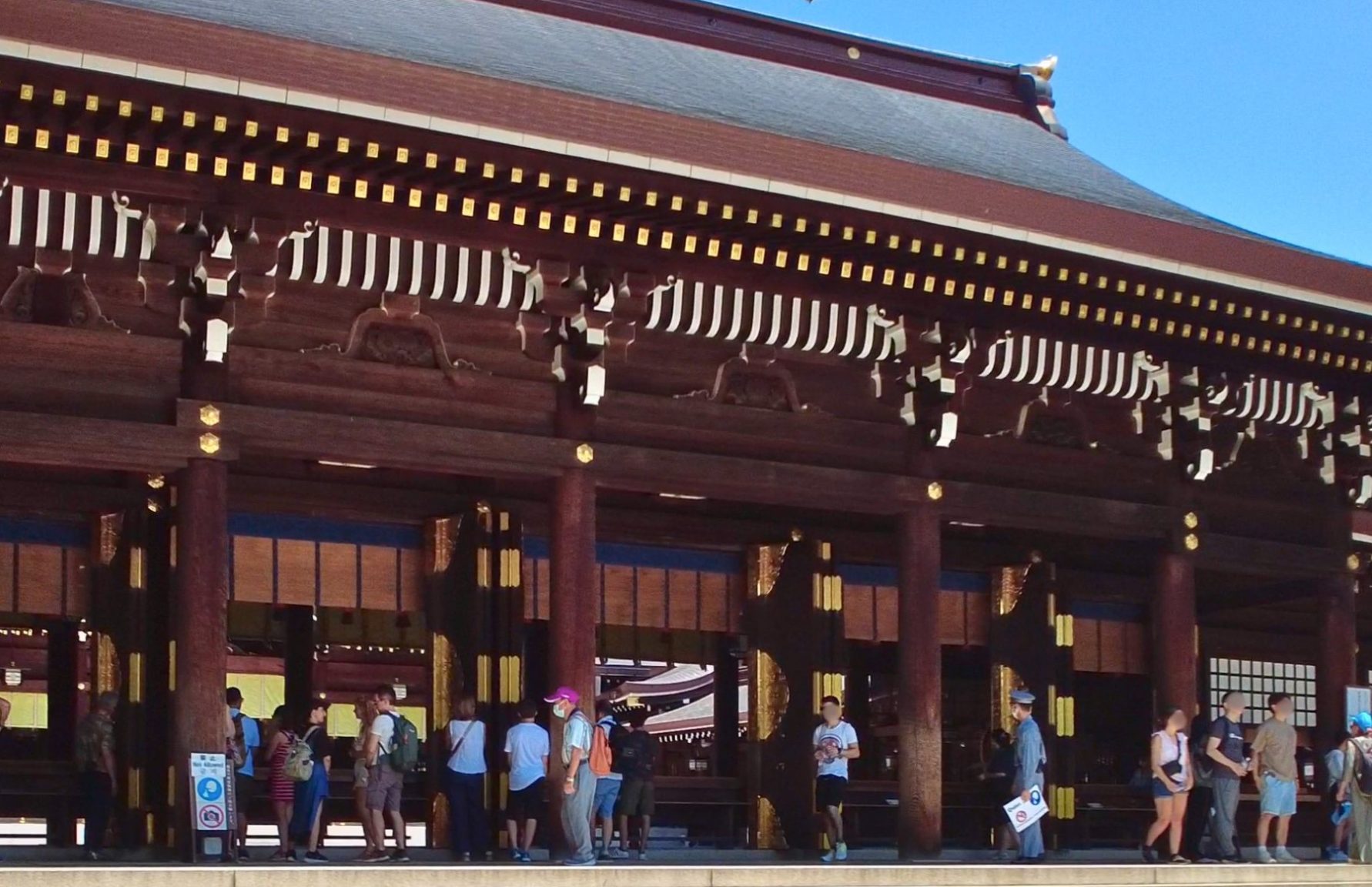
Shrines and temples in Japan are easy to appreciate—but just as easy to get wrong if you’re not paying attention. Here are some of the most frequent missteps by foreign visitors, and how to avoid them without needing a crash course in religious studies.
Walking Through the Center of the Path
The middle approach, especially under a torii gate, is reserved for the deity. Always walk to the left or right when entering or exiting a shrine. It’s a small adjustment that makes a big difference in showing respect.
Skipping the Purification Ritual*
That stone basin with ladles at the entrance of a shrine isn’t ornamental. Use it to cleanse your hands and mouth (not by drinking directly from the ladle) before heading to the main hall.
(*) However, don’t fret if you feel uncomfortable touching the fountain water or if you forget to do so. It’s alright as long as you keep basic manners and courtesy.
Using Selfie Sticks at the Worst Possible Time
No one minds a photo or two, but waving a selfie stick during a ritual, a wedding, or a quiet moment of prayer is poor form. Be discreet, especially if others are clearly there to worship.
Clapping at Temples
Clapping is unique to Shinto shrines. Doing it in a Buddhist temple is a common slip-up, and it sticks out. Keep your hands together silently in temples. Different place, different rules.
Touching Objects Without Permission
That row of small statues, that string of ema (prayer plaques), or the incense burner may look inviting, but they’re not souvenirs or props. Unless it’s part of a ritual (like drawing a fortune or placing incense), keep your hands to yourself.
There is no shortage of things to do around Harajuku! Check the following article to find out all the nearby cool spots you shouldn’t miss, like Takeshita Dori or Omotesando:
As for dining options, Harajuku has excellent spots that suit all kinds of tastes:
For some retail-therapy options in Harajuku, say no more:
For more information about interesting sacred places in Tokyo, check these articles too!
Written by
Photographer, journalist, and avid urban cyclist, making sense of Japan since 2017. I was born in Caracas and lived for 14 years in Barcelona before moving to Tokyo. Currently working towards my goal of visiting every prefecture in Japan, I hope to share with readers the everlasting joy of discovery and the neverending urge to keep exploring.





